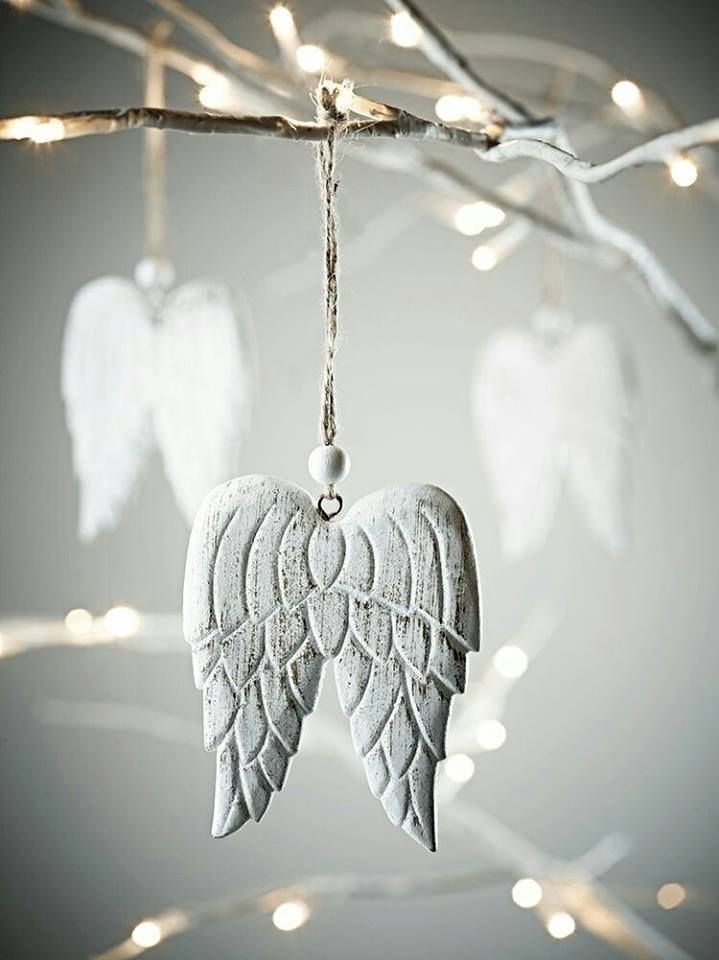The Power of Visualization and Technique in Art Therapy
- Koöko Fleurs
- Jul 30, 2024
- 2 min read

Art therapy is a dynamic and integrative mental health profession that combines the creative process of art-making with psychological theory to enhance mental, emotional, and physical well-being. Among the various techniques employed in art therapy, visualization stands out as a powerful tool for healing and self-discovery.
Visualization in Art Therapy
Visualization involves creating mental images or scenes that promote relaxation, reduce stress, and improve overall well-being. This technique, also known as guided imagery, taps into the subconscious mind, allowing individuals to access inner wisdom and resolve emotional issues. By visualizing calming and positive images, clients can achieve a state of relaxation and mindfulness, which is essential for therapeutic progress.
In art therapy, visualization is often used to help clients externalize their thoughts and feelings. For instance, a therapist might guide a client through a visualization exercise where they imagine a peaceful place, such as a beach or a forest. The client is then encouraged to create an artwork based on this mental image, using materials like paint, chalk pastels, or oil pastels. This process not only helps in expressing emotions but also in understanding and processing them.
Techniques in Art Therapy
Art therapy employs a variety of techniques to facilitate creative and therapeutic change.
Some of the key techniques include:
Active Imagination: This technique, rooted in Jungian psychology, involves engaging with images from the unconscious mind. Clients are encouraged to visualize and then create art based on these images, facilitating personal growth and psychological integration.
Mindfulness-Based Art Therapy (MBAT): MBAT combines mindfulness practices with art-making. Clients focus on the present moment while creating art, which helps in reducing stress and enhancing self-awareness.
Intuitive Flow Method: This method encourages clients to create art intuitively, without overthinking or planning. It allows for spontaneous expression and can reveal insights into the client’s psyche3.
Mandala Creation: Mandalas, or sacred circles, are used in art therapy to represent the client’s inner world. Creating mandalas can be a meditative process that promotes self-reflection and emotional balance3.
Benefits of Visualization and Art Therapy Techniques
The combination of visualization and art therapy techniques offers numerous benefits:
Stress Reduction: Visualization and art-making activate the parasympathetic nervous system, leading to a decrease in stress levels.
Emotional Expression: Art provides a non-verbal outlet for expressing complex emotions, which can be particularly beneficial for those who struggle with verbal communication.
Enhanced Self-Awareness: Creating art based on visualizations helps clients gain insights into their thoughts, emotions, and experiences, promoting personal growth.
Improved Cognitive Function: Engaging in art-making can improve focus, attention, and problem-solving skills, leading to better mental clarity.
Social Connection: Group art therapy sessions foster a sense of community and support, enhancing social skills and reducing feelings of isolation.
To sum up, the power of visualization and technique within art therapy lies in their ability to unlock the healing potential of the mind and body. By combining these approaches, we can help you navigate your inner landscapes, fostering resilience, self-awareness, and emotional well-being.











Comments